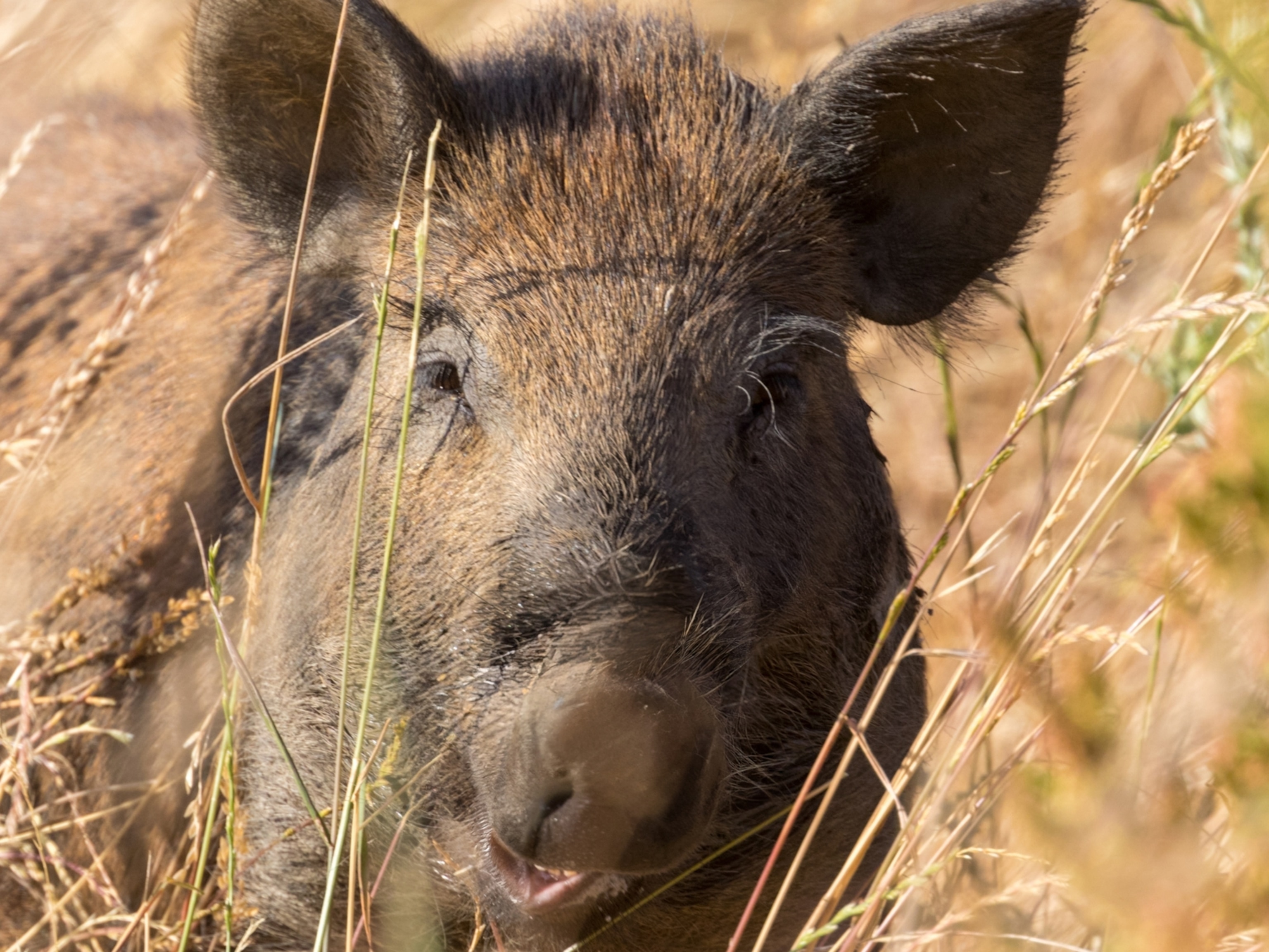
In Vietnam, rats are a popular food—here’s why.
Rodents are a common and profitable source of protein in tropical Asia.
Chau Doc, Vietnam — Rat or bat?
The chef dangled the raw, bloody carcasses before my face as if this were a tantalizing choice. Normally, I’d say neither, but seeing as how it was New Year’s Eve in this Mekong River border town, a little bit of adventurous eating seemed apropos.
My decision took all of two seconds—the rat. I knew from our rural setting that this was no subway-scurrying vermin, and somehow a rat seemed more palatable. I can’t speak for the bat, but after our celebratory rodent was chopped and fried and placed into a basket like mozzarella sticks, it was actually pretty tasty.
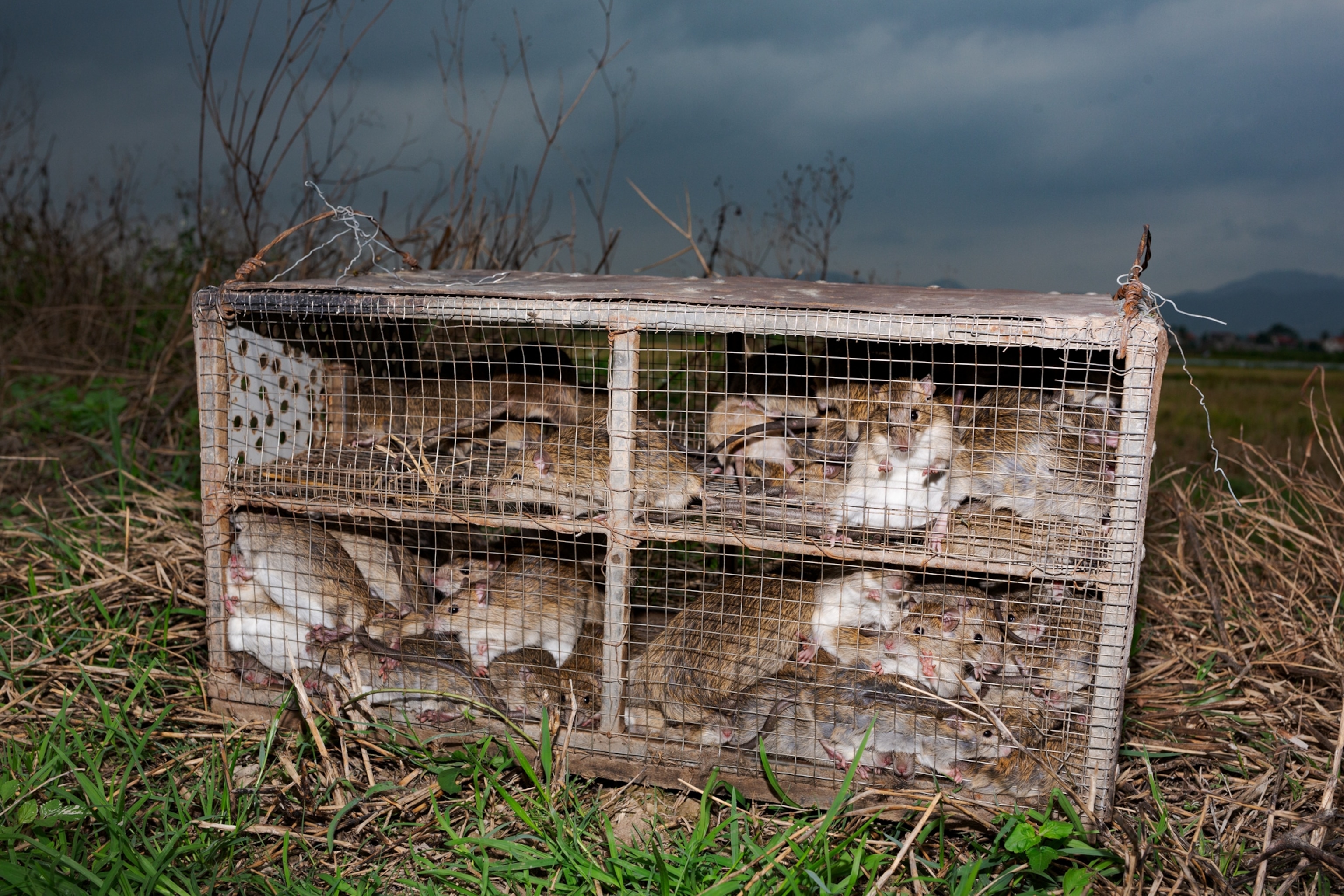
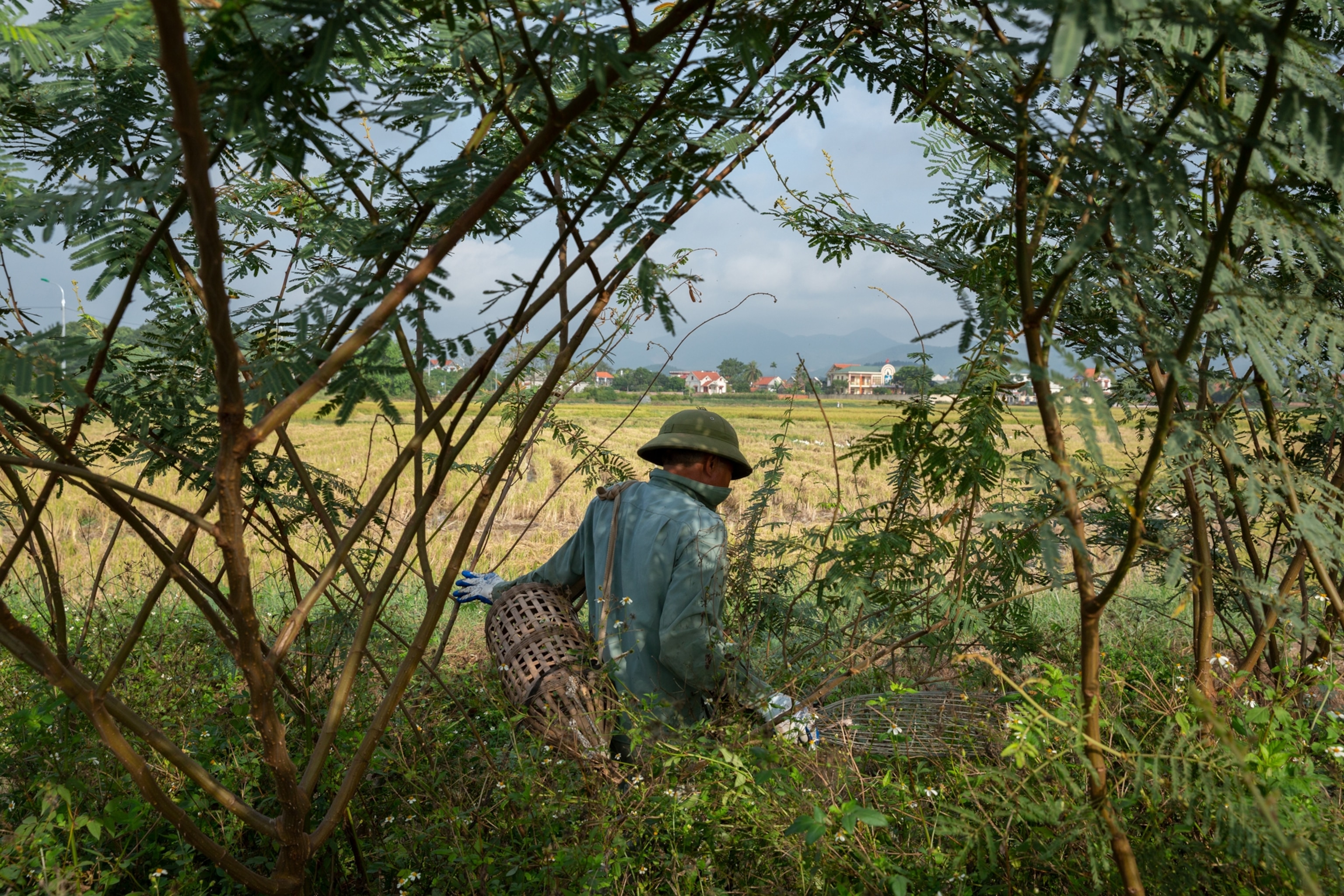
Many people in tropical Asia would agree. Rats are a popular source of protein in this part of the world, particularly among Vietnamese farming communities in both the north and south—though you can also find rat on the menu in some urban areas, including Ho Chi Minh City. (See five Vietnamese dishes you must try.)
In fact, in the Mekong Delta, rodent meat fetches higher prices than chicken, says Grant Singleton, a scientist who studies ecological rodent management at the International Rice Research Institute in the Philippines. The Mekong Delta alone produces up to 3,600 tons of live rats a year, at a value of about $2 million.
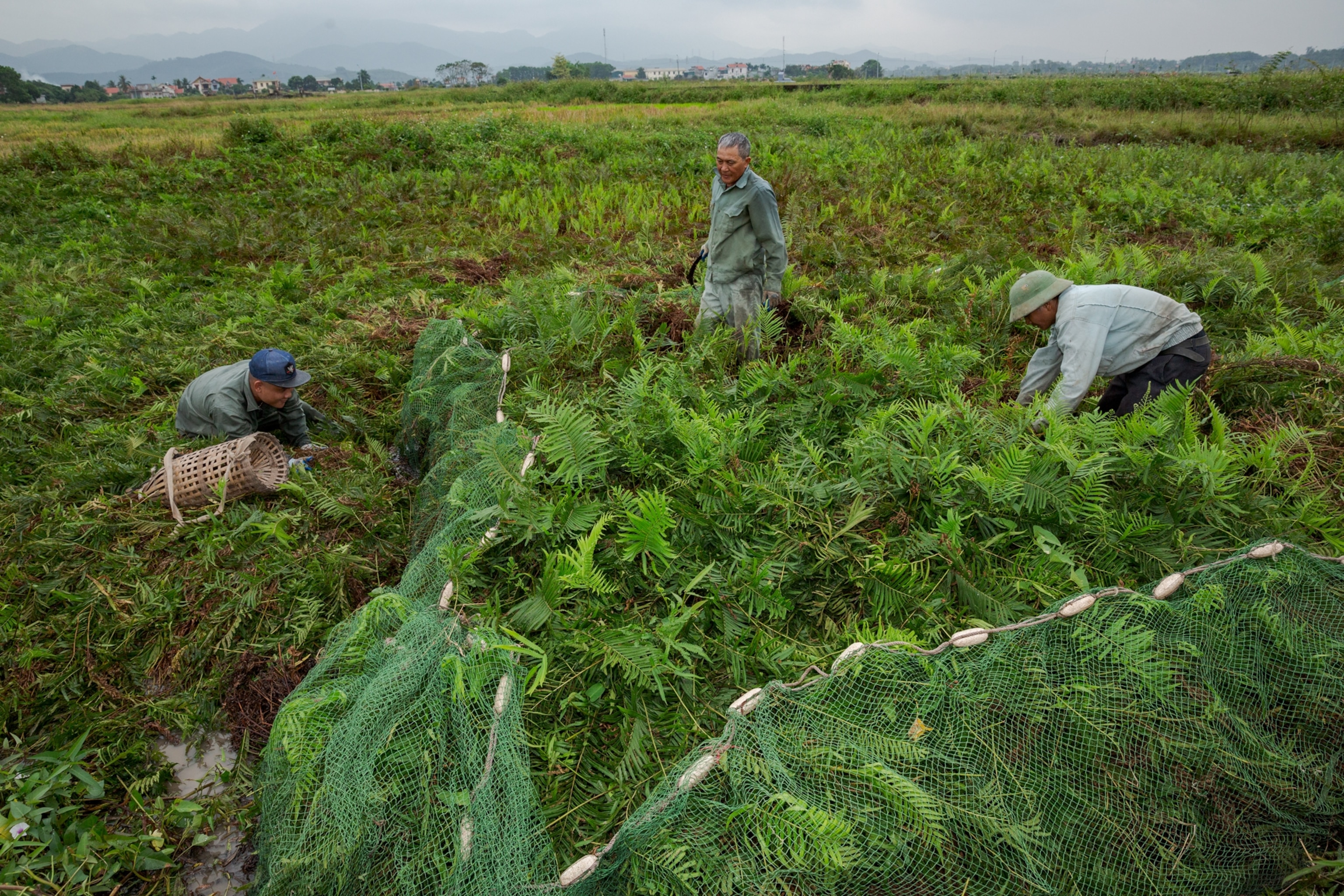

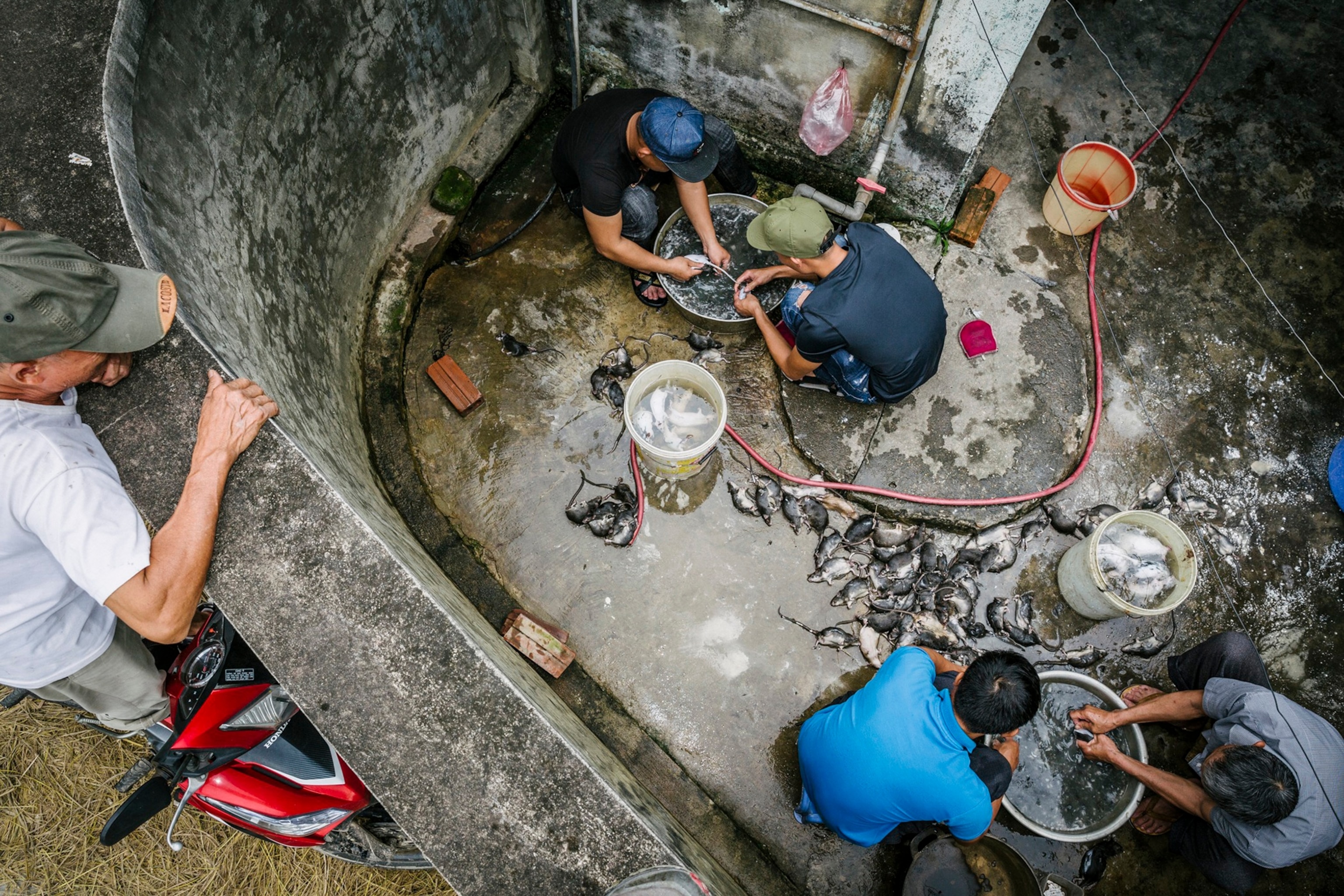

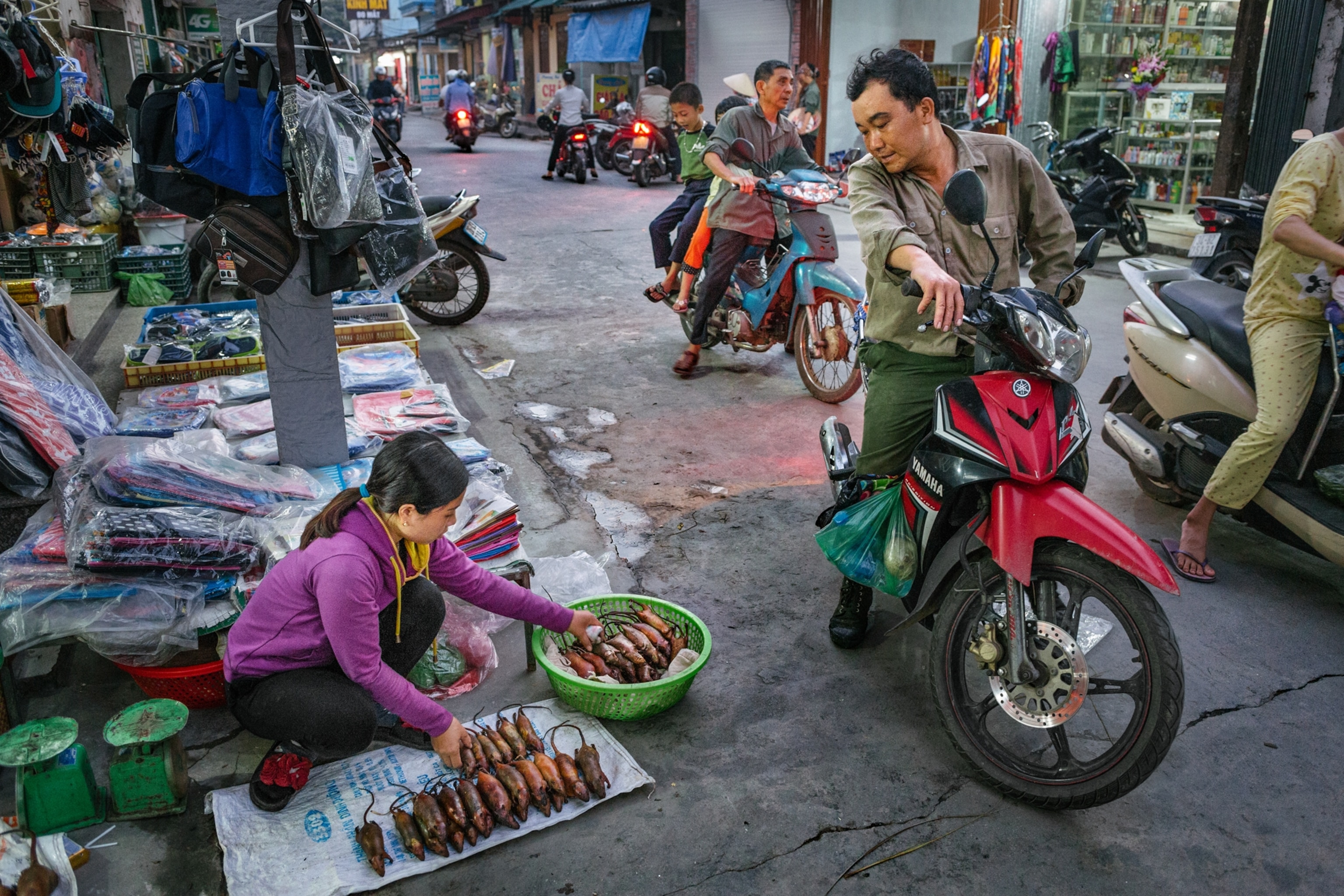


If this surprises you, perhaps you’re picturing a city-dwelling Norway or black rat on a plate. There are actually dozens of rat species, and Vietnamese mostly eat two common ones: The rice field rat, which weighs up to half a pound, and the bandicoot rat, which can grow up to two pounds.
The notoriety surrounding urban rats has attached an unnecessary stigma to eating rodents in general, notes Robert Corrigan, an urban rodentologist with RMC Pest Management Consulting in Westchester, New York. (Read how rats became an unescapable part of city living.)
At least 89 rodent species are eaten around the world, from Asia to Africa to South America to the United States, where squirrels have long been a staple.
“It escapes the layperson that nearly all mammal muscle tissue contains essentially the same proteins, whether it is steak from beef cattle or rat's legs,” Corrigan says.
Tastes like… rabbit?
For our feature story on rats in this month’s National Geographic magazine, photographer Ian Teh shadowed a veteran rat catcher, "Mr. Thy," as he hunted the animals amid the farmlands of Quang Ninh, a province in northeastern Vietnam. (See gorgeous photos of Vietnam.)
Rat-catching is a vital source of side income for Vietnamese farmers, who trap rats alive in wire or bamboo cages and export them to small processing centers, where the meat is then sold to local markets.
Thy has a seasonal business catching the rodents, which he either sells or brings home for his family dinner. In Vietnam's rural areas, rat is often washed down with beer or rice whisky, Singleton says.
Rat-cooking techniques vary, Teh discovered. He saw rats killed by being placed in hot water, though Singleton has only seen rats done in by a severe blow to the head. (Read about the future of food in National Geographic magazine.)
Next the carcasses are either smoked, followed by frying or grilling; or, they’re steamed or boiled. Steamed rats are said to have a stronger taste, and bigger rats are thought to be simply better eating.
“Foreigners who try rodent meat often say it tastes like chicken, but it is a dark meat and has a gamier taste than chicken. I equate the taste to that of rabbit,” Singleton says.
During his travels, Teh was told rats are nutritious, particularly for pregnant women; Singleton confirms the meat is high in protein and low in fat.
Careful cooking
Though most wild rats in Vietnam are healthy and low in parasites, there are some potential health concerns when handling them before cooking.
The mammals carry more than 60 diseases that can affect humans. In places where rats are crop pests, particularly in Vietnamese rice fields, farmers will put out rat poisons, slow-acting anti-coagulants that can take up to five days to kill their victims.
The fear of ingesting rat poison is why many Vietnamese prefer to shop for live rats in local markets, where they can determine for themselves if the animal looks healthy. In most cases, cooking the meat thoroughly is the best way to avoid getting infected with a ratborne illness, Singleton says.
Or, of course, you could always opt for the bat.



